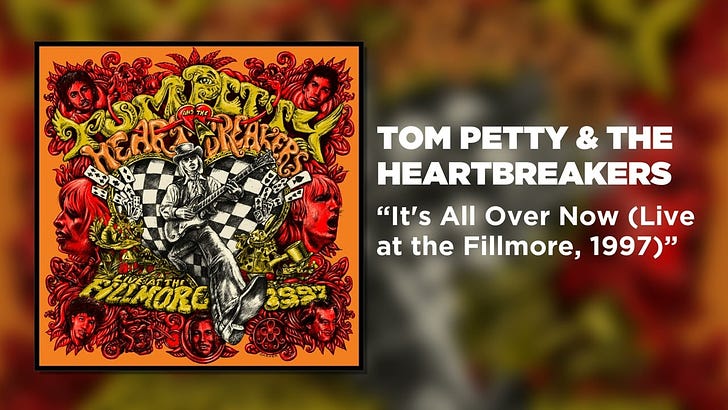Tom Petty & the Heartbreakers Play It All
Live at the Fillmore, 1997: Nuggets from a Reclaimed Garage Band
A song by Tom Petty and the Heartbreakers nearly broke my heart.
October 15, 2022. My team, the Louisiana State University Tigers, had a comfortable 42-21, three touchdown lead, over the University of Florida Gators at Ben Hill Griffin Stadium in Gainesville, Fla., which is also Tom Petty's hometown. The stadium is also known as "The Swamp" and holds around 90,000.
The Swamp is not as dangerous as it once was; still, like LSU's own home field in Baton Rouge, known as "Death Valley," even a flawed team like Florida in recent years, especially in the fierce, competitive, Southeast Conference (SEC), can rise up to intimidate an opponent.
In football, a raucous and united home crowd is often known as "the 12th man." The Swamp's "12th man" is now Tom Petty and the Heartbreakers, and you can feel its power.
There's a new game in Gainesville, and it is this: after the third quarter, and before the fourth, everyone stands up and sings along to Petty's indomitable "I Won't Back Down." The whole so…
Keep reading with a 7-day free trial
Subscribe to Critical Conditions by Wayne Robins to keep reading this post and get 7 days of free access to the full post archives.



